Perennial plants make gardening easier! Plant once and reap the benefits year after year. Perennial plants will com back three or more years, providing food without the added work or replanting every year. Most will require some pruning at the end of their season and some amendments to keep them producing. With the exception of asparagus, all will grow well in both containers, raised beds and in-ground.
We compiled a list of 10 favorite perennials to plant this fall.
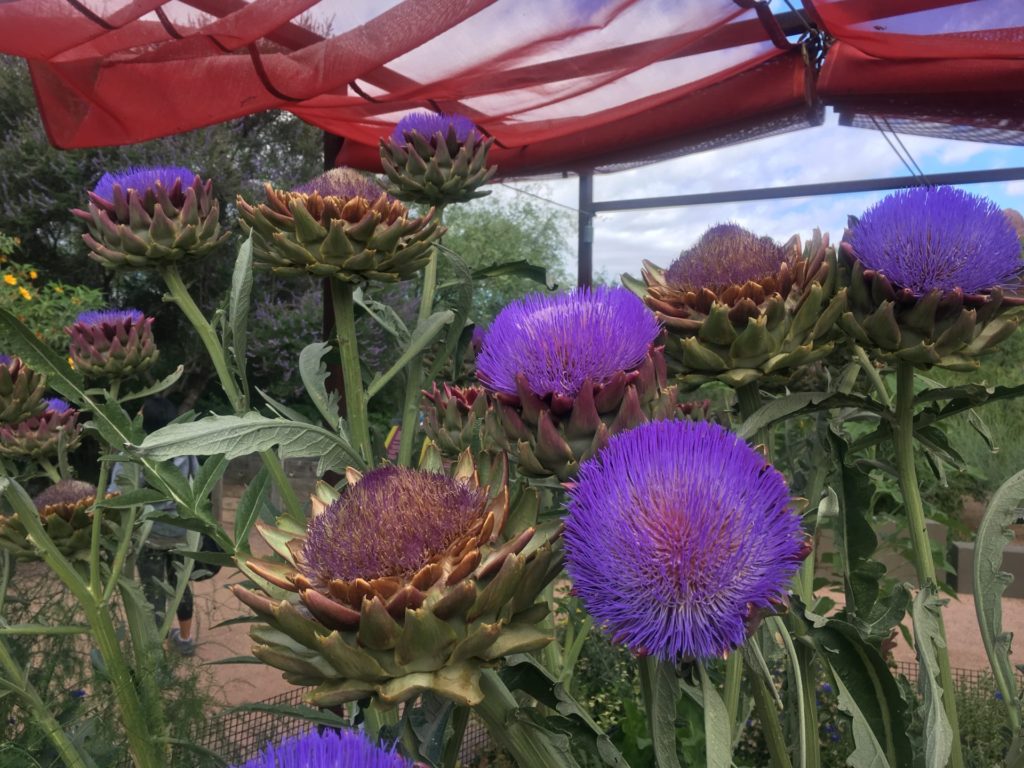
Artichoke
Artichokes(Cynara scolymus) are a favorite vegetable for many people. In the garden, the plants add an architectural quality with its silvery toothed foliage. Plant out seedlings or seeds in October as the desert temperatures start to drop. They will establish a good root system over the winter and will provide a few chokes in the spring. They are heavy feeders and do well with lots of organic matter such as good compost. As spring turns into summer, leave a few chokes on the bush and allow them to bloom. Artichoke flowers are extremely beautiful and attract a wide variety of beneficial insects and pollinators. Around June the plant will start to look very dry and can be cut back completely. Keep the planting site watered, and as the summer gives way to fall, new plants will start to come up. The second spring will give a much larger crop than the first.
If planting in a container, they require a really larger container. A stock tank with other plants are a good option or a half whiskey barrel.
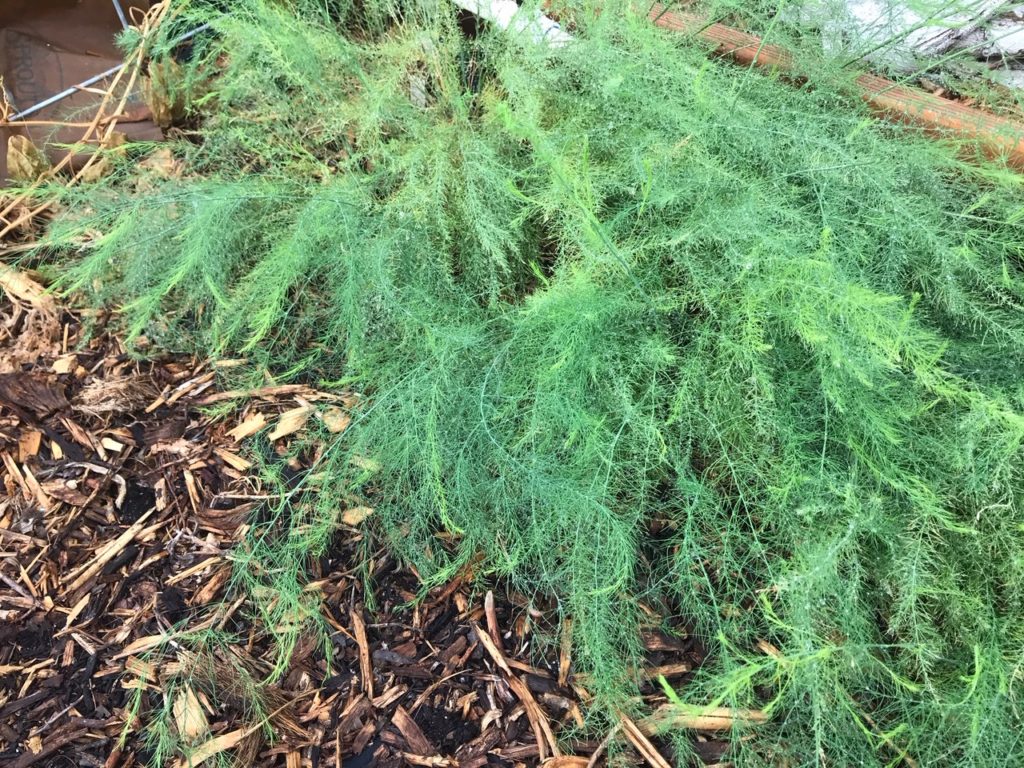
Asparagus
Asparagus (Asparagus officinalis) is a wonderful addition to any garden. Plant one-year-old crowns, this can be acquired from garden centers or a reputable seller online. Two-year-old crowns are also available but are more likely to have transplant shock issues. If possible get all-male or mostly male plants. Plant them in October in an area where there can perennialize. They can grow for approximately twenty years. They require well-draining soil, lots of water, compost and sunshine. Some shade in the summer is beneficial. Very thin asparagus spears will appear in spring, as they get larger they will start to leaf out. The fern-like foliage should be cut back early in spring, as new asparagus shoots start to appear. Asparagus does require some patience ad they should not be harvested until the third year. If asparagus is grown in containers, a large and very deep stock tank is the best option.
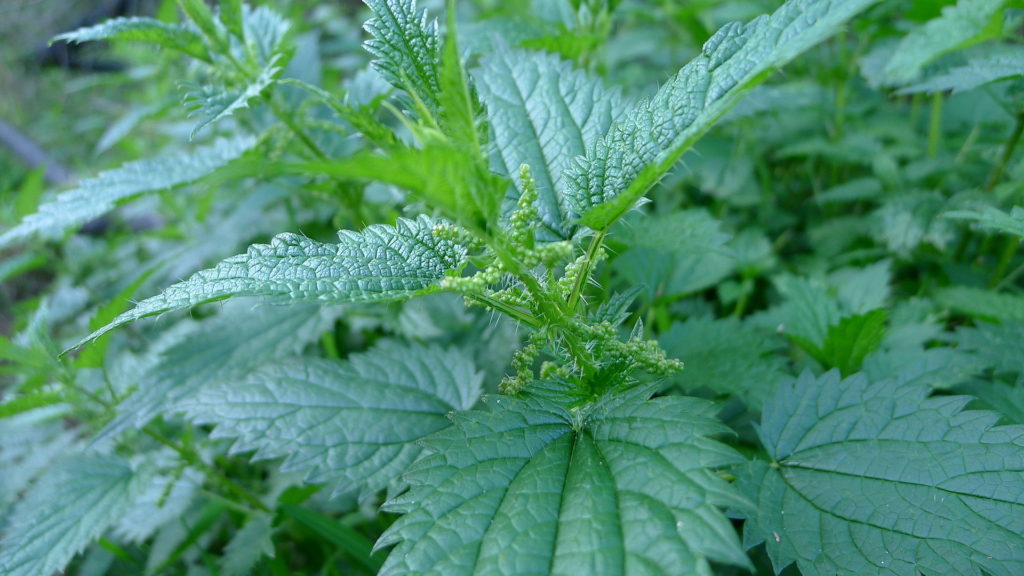
Stinging Nettles
Nettles(Urtica dioica) are not common in our desert environment, in fact only a handful of us are purposefully growing nettles. This is an excellent nutritive green to get established in a corner of the garden. They keep aphids away, they provide delicious nutrition-packed leaves that can be used in a variety of ways. Try my nettle dip and read more about the benefits of nettles here.
In October, sprinkle onto loose fluffy soil. Keep evenly moist so that the seeds can germinate. They do like moisture so keep well watered until winter where soils tend to stay moist longer. They will overwinter in our mild climate, often by December or January, there are nettles ready to eat. I pick the tops as I need right up until April. If you are trying to avoid being stung by Them, wear rubber gloves and a long sleeve shirt when picking, although sting therapy is beneficial for arthritis and other pain related issues. Allow them to go to seed, self -sow and perennialize a corner of the garden.
Image Credit:By John Tann from Sydney, Australia – Stinging Nettle stinging bits, CC BY 2.0
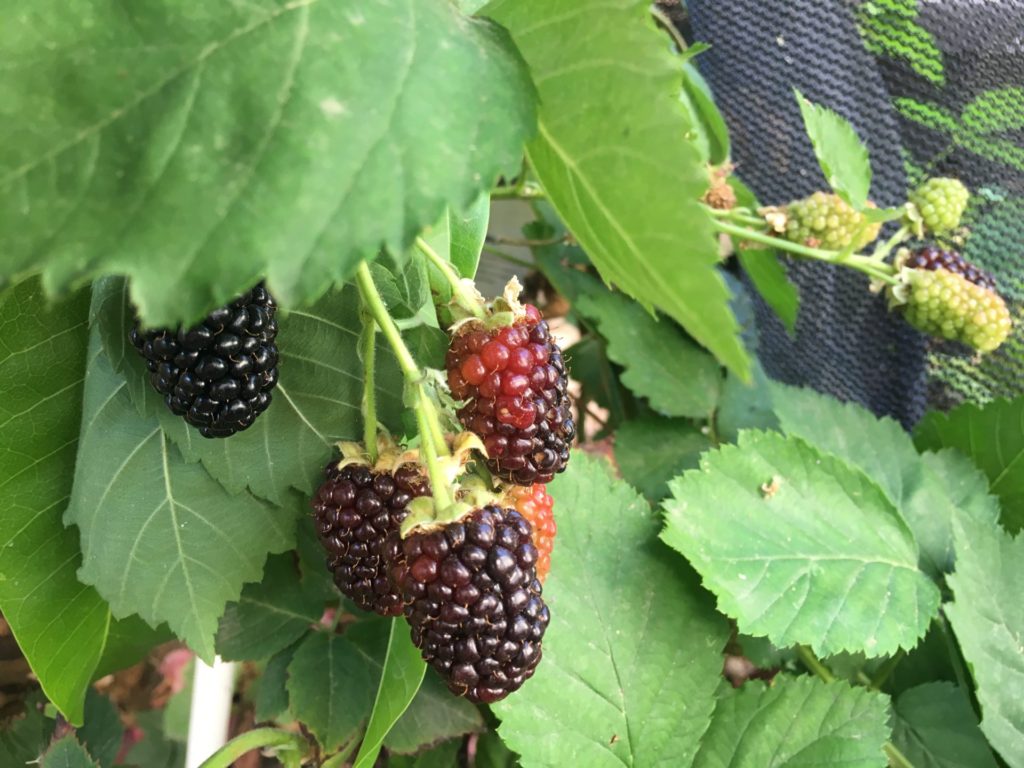
Blackberries
Blackberries(Rubus spp.) are really easy to grow in the low desert. They do prefer acid soils and will do better if they get afternoon shade during our summers. Varieties that will do best are Rosoborough, Black Satin, and Navajo. Blackberry bushes can get really large so allow enough space. However, they can also be grown in a really large container. They require a little bit of care when pruning. Because berries form on the previous year’s growth, do not prune off any spring growth. At the end of the season, the canes that have already fruited can be pruned right down to the ground.
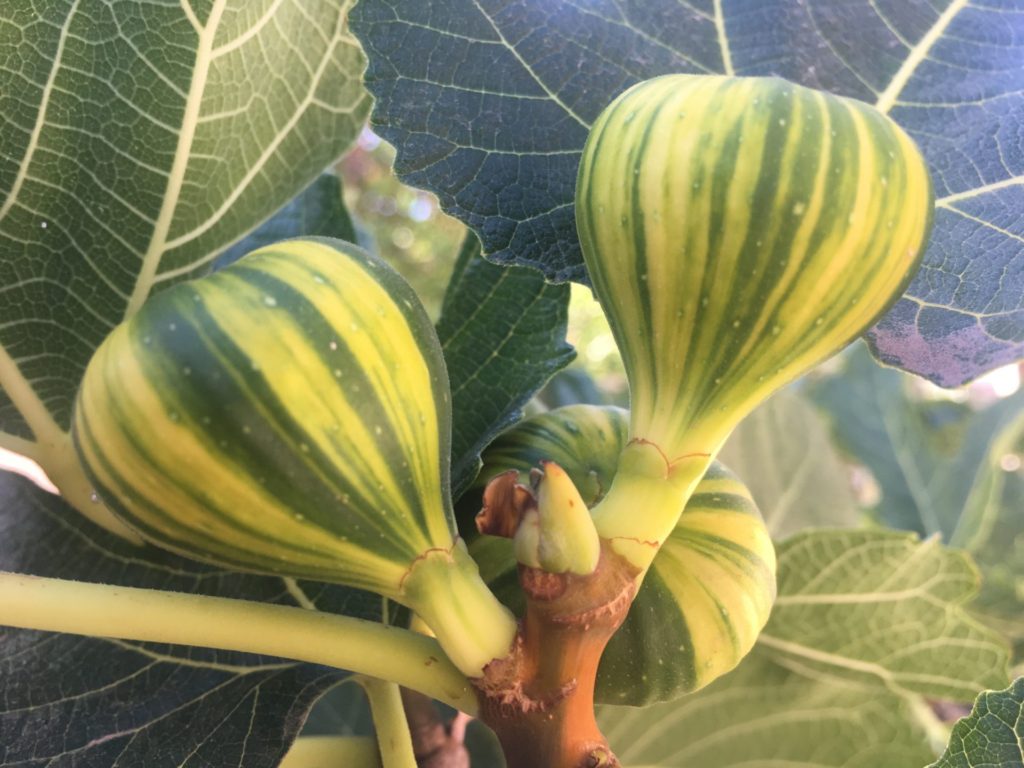
Figs
Figs(Ficus carica) are the easiest of fruit trees for the desert garden and no garden should be without one. They do well in pots or in the ground. Figs do well in the heat and are quick growing and productive. Some easy varieties to try are Black Mission, Tiger Panache, Kadota, Peters Honey. See the grow guides for more information on figs.
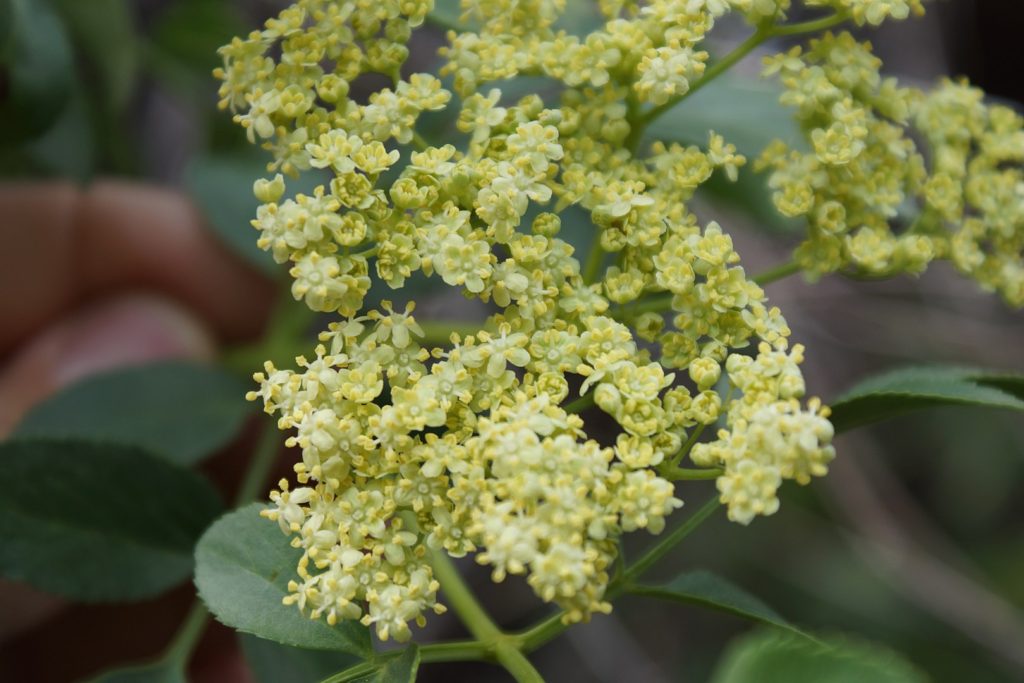
Mexican Elderberrty
Elderberry (Sambucus spp.) is known for its immune-boosting flowers. Both the flowers and the berries are used as food. The flowers are used to make tea, elderflower champagne, mead, and other drinks. The berries are common as elderberry syrup, but can also be made into a jam, or pastilles. Sambucus nigra is the type grown in most of North America and will grow here, but the Mexican elderberry(Sambucus mexicana) is definitely more acclimated to our desert heat. They make attractive large shrubs and can easily be a “hidden food” in the front yard.
Photo credit:By Chris English, CC BY-SA 3.0
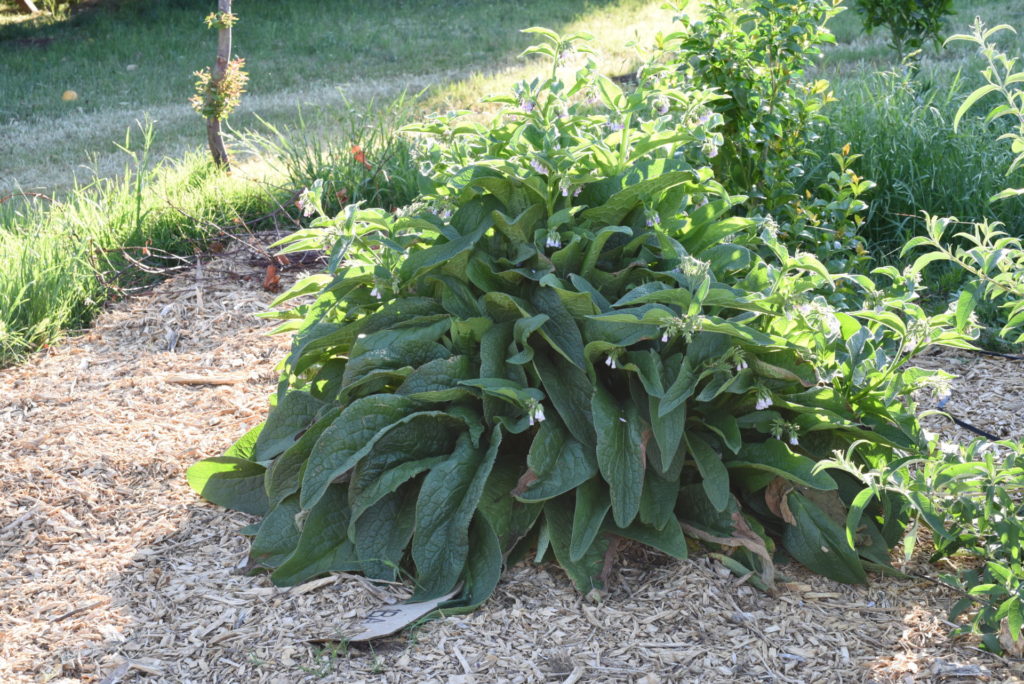
Comfrey
Comfrey (symphytum officinale) is not really on the list as an edible, however, it is an amazing plant to benefit the garden, Firstly it has gorgeous ornamental leaves. Secondly, the flowers will attract many beneficial insects. Mostly is a fantastic amendment! Use as a chop and drop plant or make a comfrey leaf tea to fertilize plants. It will need to be shaded in summer to protect it from our harsh heat. There are two options when it comes to choosing comfrey. Symphytum officinale, or Boking 14 also known as Russian comfrey. Symphytum is considered true comfrey and will produce seeds. Therefore if comfrey taking over is a concern, Boking 14 can be used instead. Boking 14 is a sterile variety that can only be propagated through root cuttings.
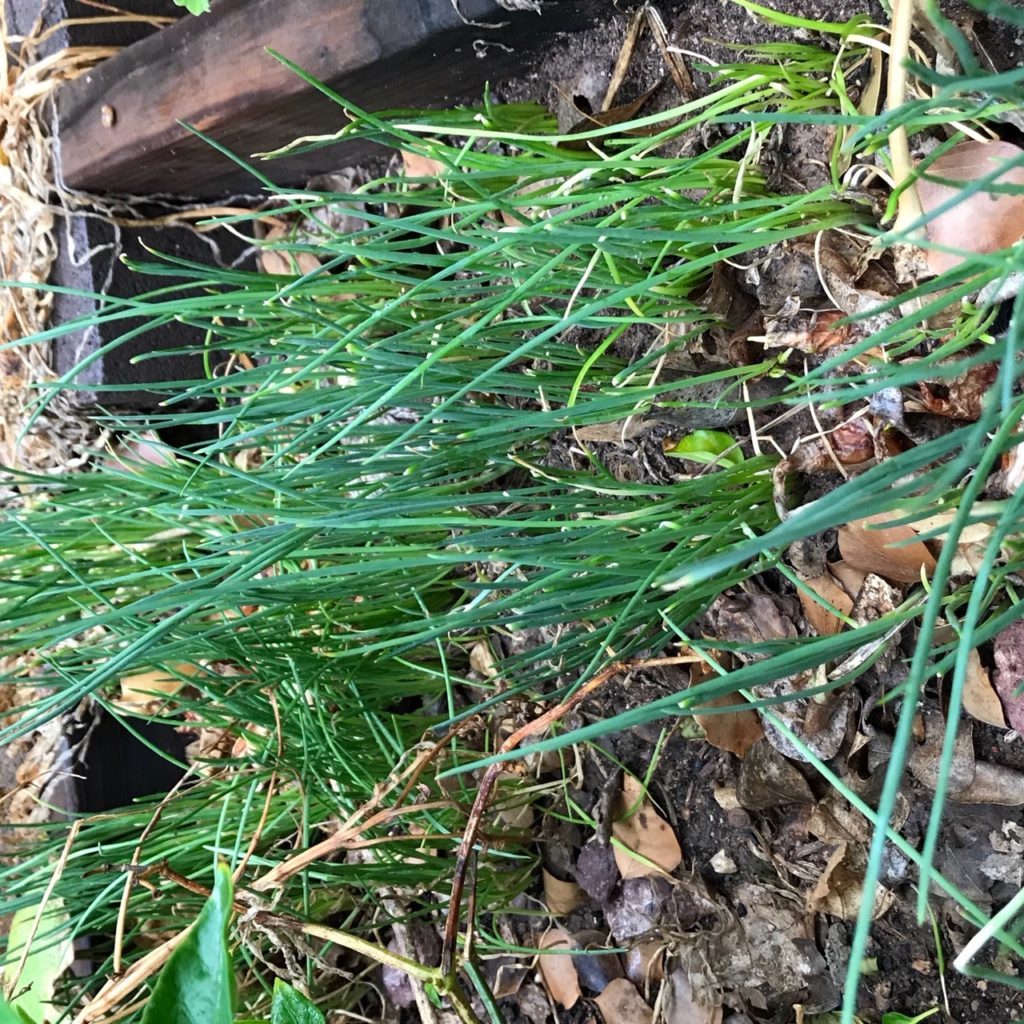
I'itoi Onions
This culinary ingredient is a wonderful native addition to any desert garden. Onions can be considered a vegetable when using the roots, but an herb when using the green tops. This variety originates in Spain, brought to the US in the late 17th Century. They get their name from being harvested on the I’itoi Mountains by the Tohono O’odham people who occupied a large part of Mexico and parts of Arizona, and to whom these onions were gifted. I’itoi’s are a type of clumping onion with a mild shallot like flavor and well adapted to our native clay soils. The green tops can be used like green onions and the bulbs are often used in salsas in the South West regions. They are propagated by diving the bulbs often in later Summer once the green tops have died down. A single bulb can yield a significant amount of bulbs at the end of the season.
Photo Credit: Priya Gokhale
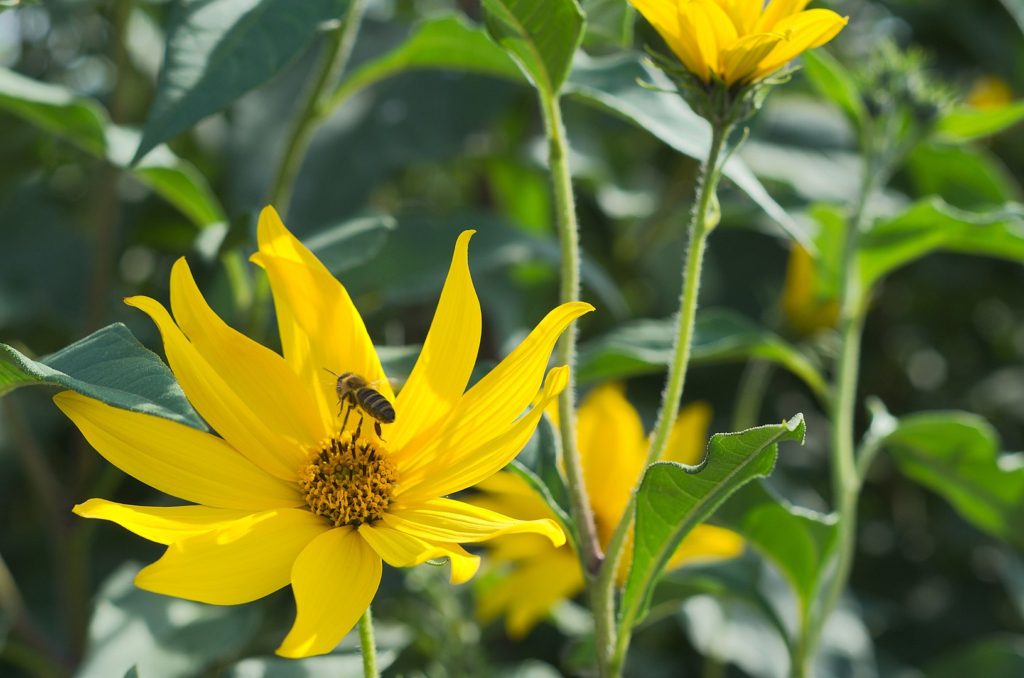
Sunchokes
Sunchokes (Helianthus tuberosus)are also known as Jerusalem artichokes.This lovely flower and root vegetable in the sunflower family. They grow really easily providing a hang out for birds, insects, and pollinators. At the end of the season, dig up some roots leaving one or two remaining to multiply the following year. Sunchokes are notable for their inulin content which is an indigestible carbohydrate. This makes sunchokes beneficial to eat but can also cause intestinal distress. It is considered a pre-biotic, feeding the probiotics in the gut. Do not consume raw sunchokes to lessen any chances of intestinal distress. They should be well cooked by boiling in water with lemon for at least 15 minutes. The acid effect of the lemon dramatically decreases the negative effects of the inulin. After boiling they can be roasted, made into tacos, gratins, and more. Go slow when first trying them.
Image Credit: By Samtoucan – Imported from 500px (archived version) by the Archive Team. (detail page), CC BY-SA 3.0
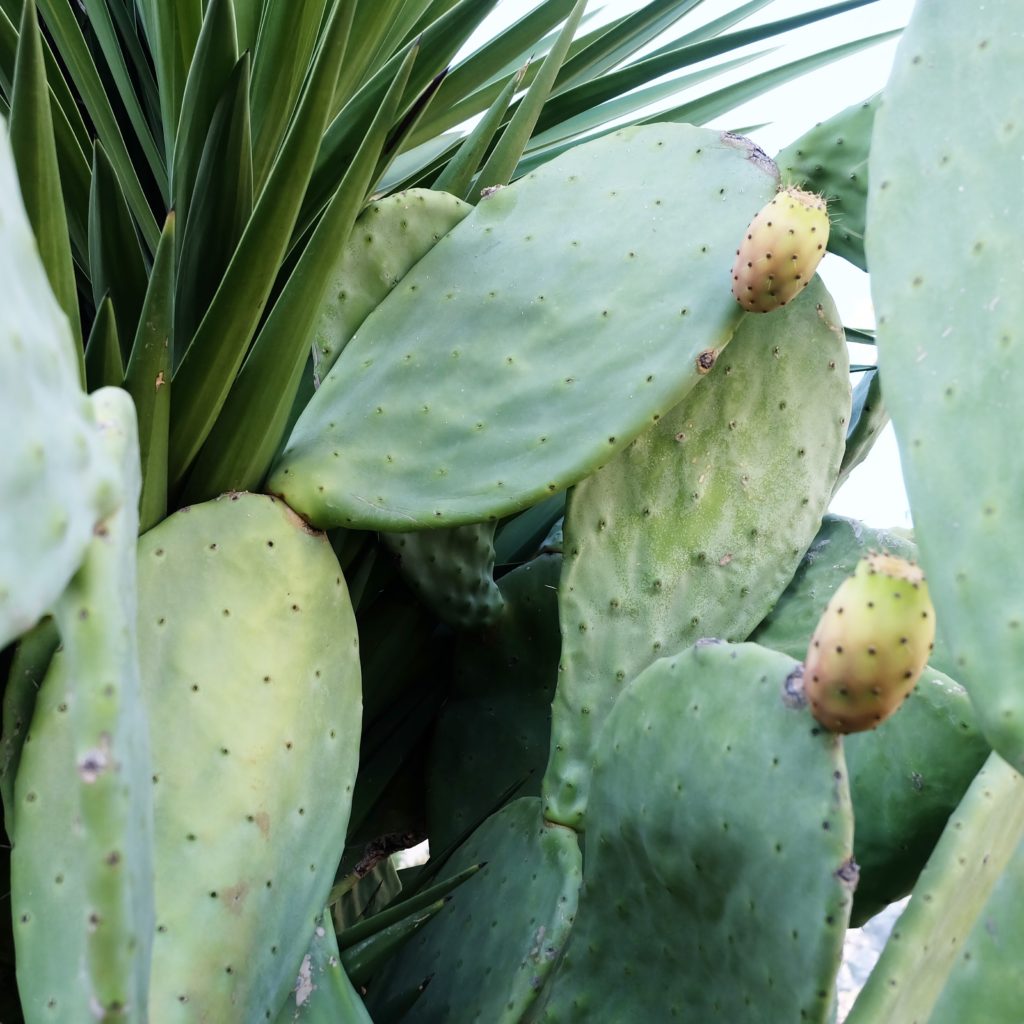
Prickly Pear
Prickly Pear (Optunia spp.) Also known as nopals or tunas (opuntia) is used to treat a variety of ailments such as diabetes, obesity, hangovers, and more. All parts of this desert plant are edible. The leaves, known as nopales, can be cooked in a variety of ways. Cut raw leaves are also very beneficial in treating any insect bite and stings. The pears are used to make drinks, jellies, vinegar, and even salsas. They are rich in antioxidants and have high levels of calcium and vitamin C. Care must be taken when harvesting the pears as they have tiny hairs that hook into the skin. The flowers are edible as well. Prickly pear grows in full sun and needs very little care. Do not fertilize, and do not overwater. They are very drought tolerant and overwatering will rot the roots. There are different varieties that will grow only a few feet tall, to fifteen feet tall, therefore there are varieties suited for containers and those better for making a statement in the landscape.


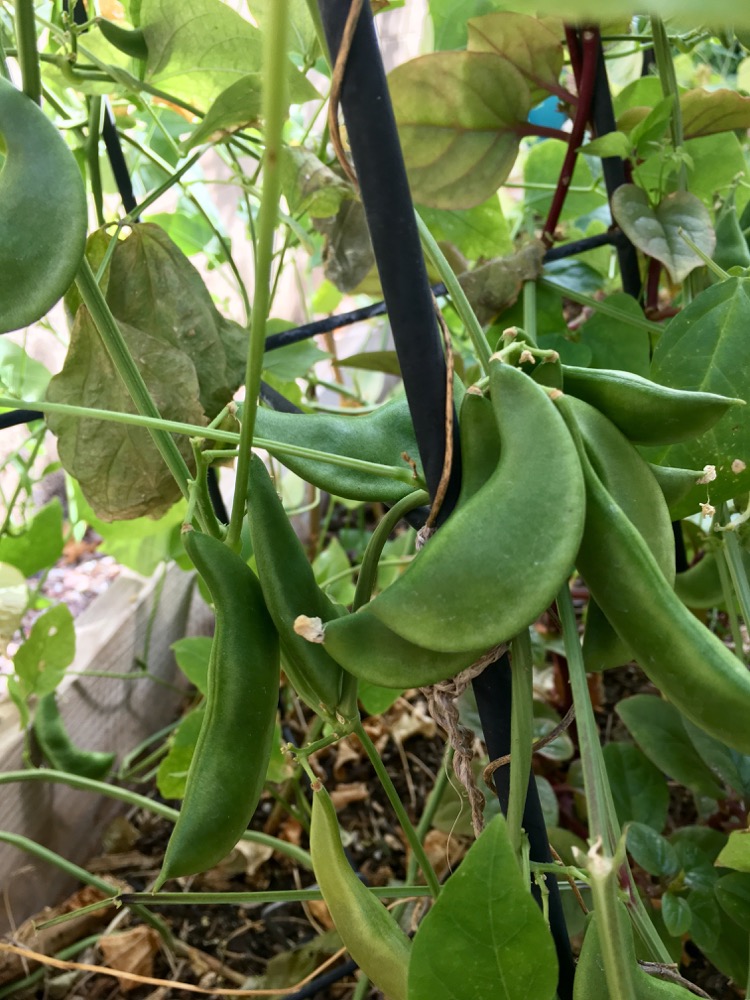
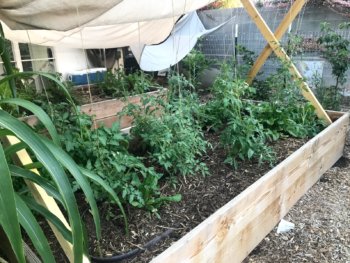
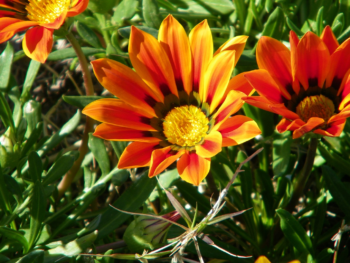
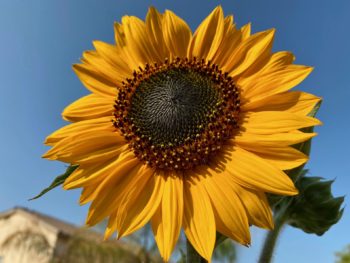
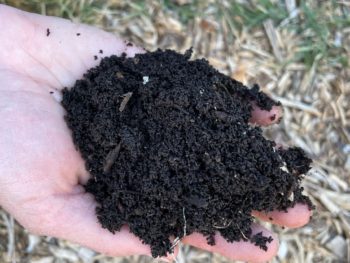
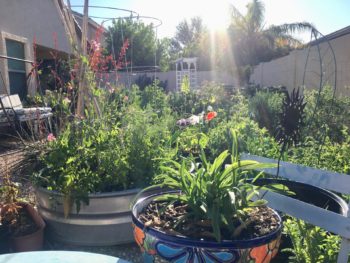
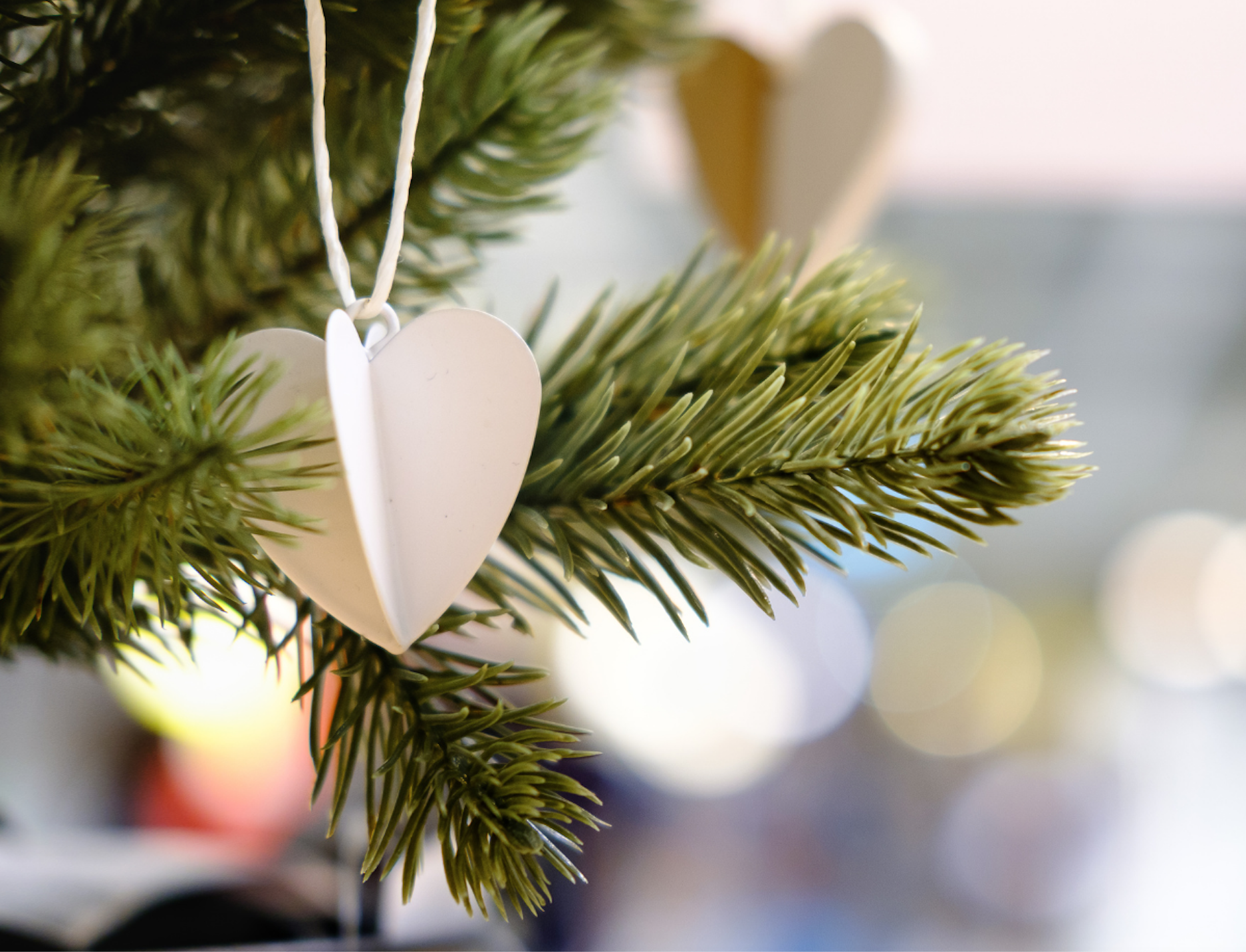
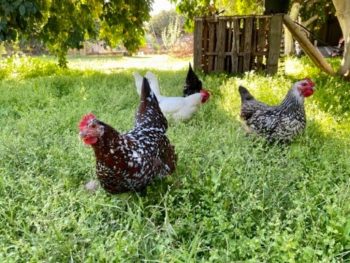
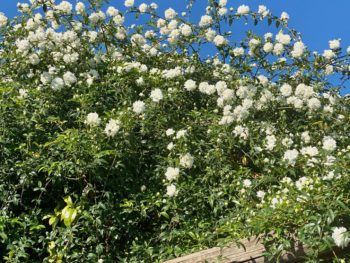
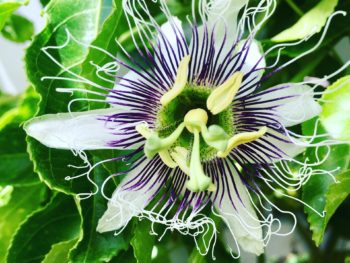
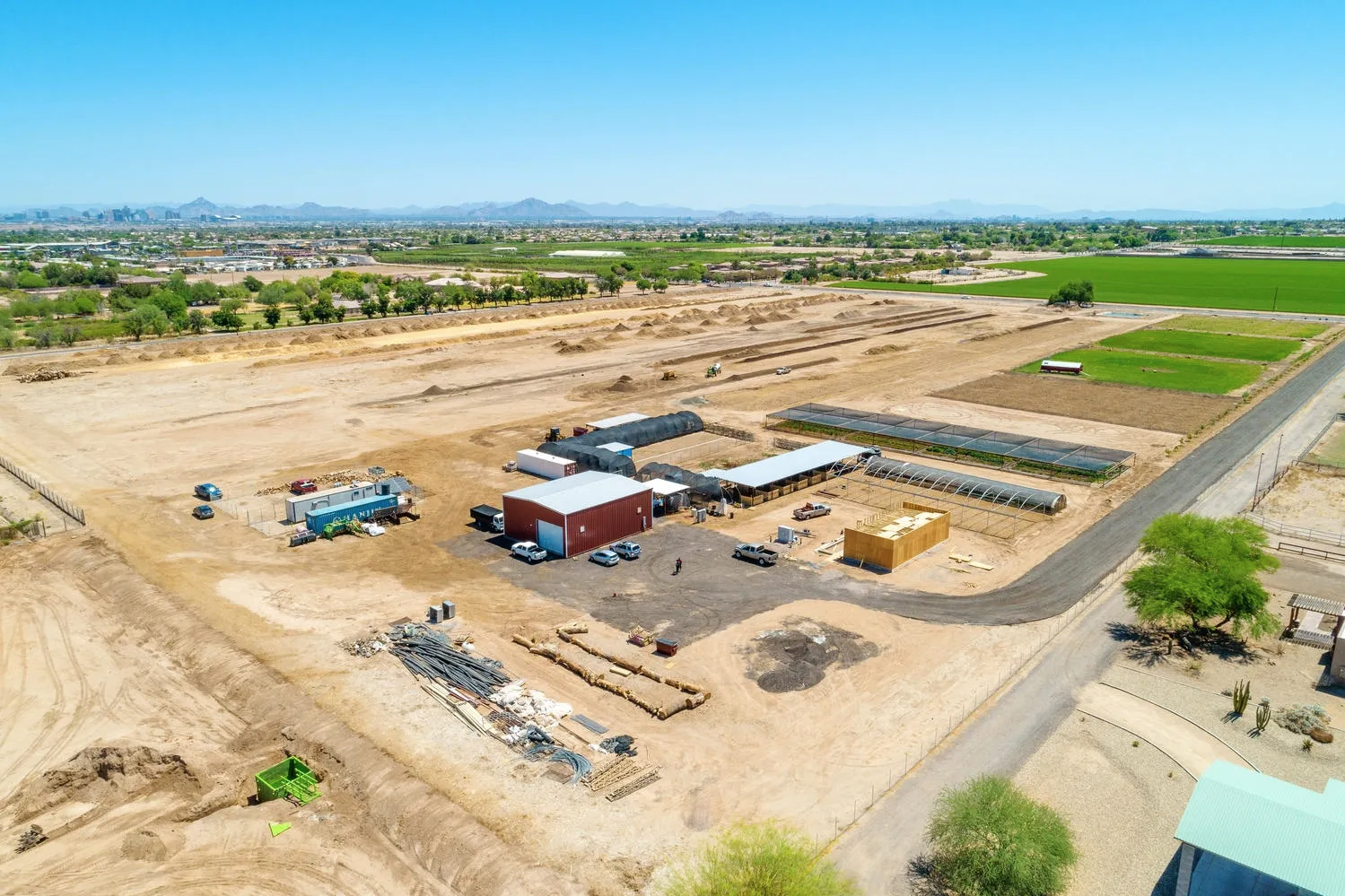 A Tour of the AZ Worm Farm
A Tour of the AZ Worm Farm